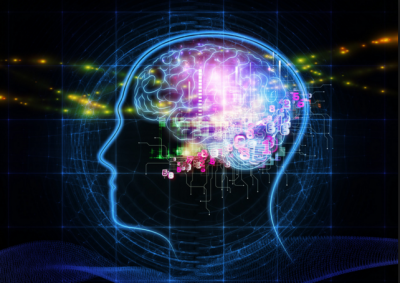
When we are confronted with a red signal, we wait till it turns green before we make any movement – be it crossing the road on foot or riding a vehicle. In any sprinting race, the starters-both elite athletes in the international stage and youngsters in school-level races – wait for a signal before bursting from the starting line to race to the finish.
Our brain has planned our precise movements but waits for the execution until a specific cue. Scientists from the Max Planck Florida Institute for Neuroscience, HHMI’s Janelia Research Campus, the Allen Institute for Brain Science, and others have discovered the brain network that responds to a cue by turning plans into action.
Brain is like an orchestra
One of the authors of the paper, published in the scientific journal Cell in March, suggests that the brain is like an orchestra. Just like how an orchestra needs a conductor to ensure a perfect symphony, the brain too has areas that act as a conductor and ensure that plans are converted into action at exactly the right time. By simultaneously recording the activity of hundreds of neurons when a mouse performed a cue-triggered movement task, the team was able to identify the neural circuits that serve as the conductor. The task involved the mice licking to the right if whiskers were touched or to the left if whiskers were not touched. The mice not only had to get it correct, but also had to delay their movement until a go cue was played in order to receive a reward.
The scientists were able to correlate complex neuronal activity to various stages of the tasks. They next identified a circuit of neurons in which brain activity occurred after the go cue, leading to the execution. By using optogenetics to activate or inactivate this circuit of neurons in the brain while performing additional tasks, the researchers were able to confirm their discovery.
Can it improve mobility?
Apart from serving as fundamental advances in our understanding of how our brain functions, this discovery could also have important clinical implications. People who have had an accident or experiencing motor disorders sometimes have difficulty in self-initiated movement. Environmental cues, both visual and auditory, could well trigger movements that can improve the person’s mobility dramatically.
This phenomenon wherein different mechanisms are employed for self-initiated and cue-triggered movements is known as paradoxical kinesia. Understanding how our brain functions during cue-triggered movements may help us in treatments.
Picture Credit : Google




